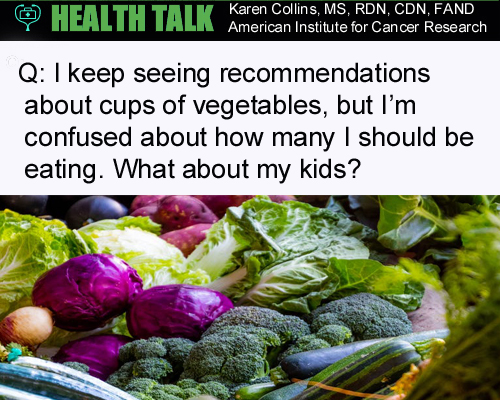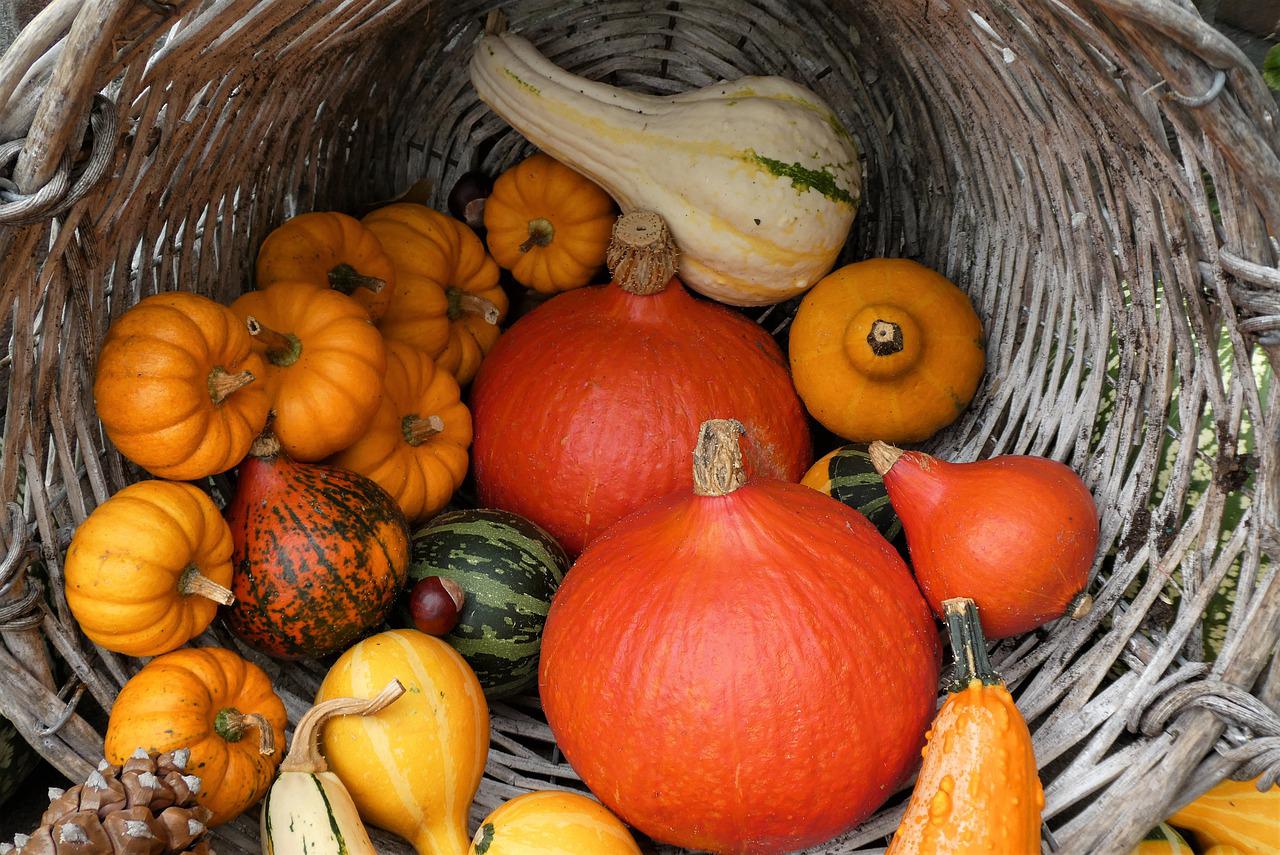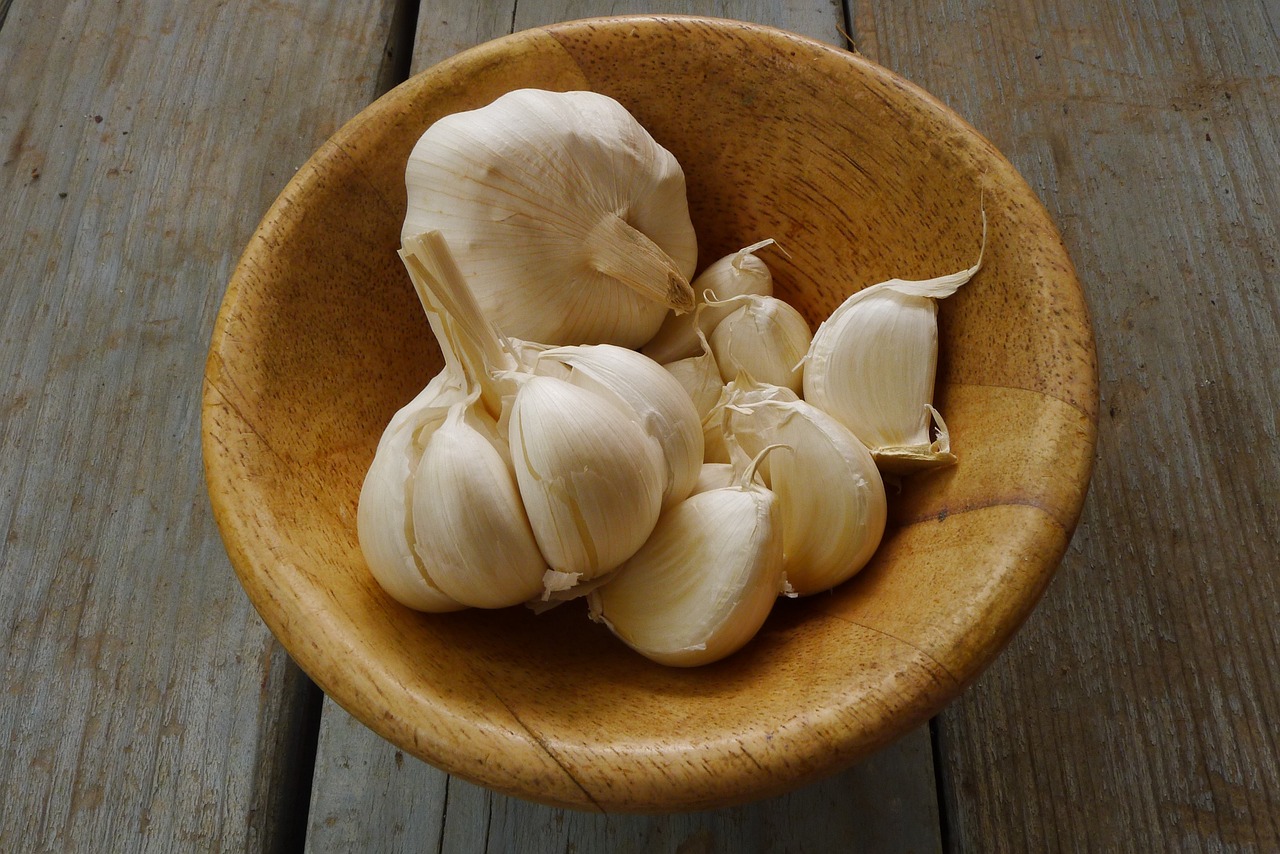How Many Vegetables Should I Be Eating? What About My Kids?

Q: I keep seeing recommendations about cups of vegetables, but I’m confused about how many I should be eating. What about my kids?
A: If you’re like most adults, you should be aiming for 2 to 3 cups of vegetables a day, as seen in the Healthy U.S.-Style Eating Pattern from the Dietary Guidelines. This amount also holds for children ages 9 and older. Targets for children age 8 and under, are less – about 1 to 1.5 cups a day.
“Cups” of vegetables mostly refers to a portion equal to one measuring cup for raw or cooked vegetables. For lettuce, spinach or other raw leafy vegetables however, two cups count as a cup. A medium carrot, celery stalk and small pepper each count as half a cup. If you don’t want to measure, an average adult fist is a rough guide to a 1-cup portion. So you can aim for one to two fist-size portions of vegetables at lunch and dinner each day.
Or for a completely different approach, saving a third to half your plate at each meal for vegetables and fruits (combined) can likely bring you to recommended amounts, too. Just remember that this applies to all meals, not merely dinner.
How much is best?
The best amount of vegetables for healthy eating varies from person to person, depending upon several factors:
– Recommended amounts differ based on your calorie needs. People who are smaller or less active have lower overall calorie needs so would need fewer vegetables than those who are larger and more active. If you need only 1,600 calories a day, for example, the recommended amount is 2 cups of vegetables per day.
– If you are trying to lose weight, you may find larger amounts of vegetables can help you feel full with a larger plate of food while keeping calories low.
– It’s not just the total that counts. For maximum range of vitamins, minerals and natural compounds (called phytochemicals), aim to include a variety of choices throughout the day and across the week.
Adding veggies to your day
Even if you don’t reach the recommended targets, if you currently include only a small serving of vegetables a day, even adding a few extra servings will provide health benefits. It’s not all-or-nothing!
- Experiment with different ways to include vegetables in meals and snacks. For snacks, consider raw carrots, cucumbers or other fav’s dipped in hummus, celery with peanut butter, peppers with salsa, or sweet juicy grape tomatoes all on their own. Leftover veggie stir-fry or soup can also be a good choice when you’re home.
- Don’t just add vegetables to meals; swap them to reduce excess portions of meat, bread or pasta (especially refined grain versions), or sweets.
- Blenderizing a few vegetables into a smoothie can help you squeeze several vegetable (and fruit) servings into one drink. An eight-ounce glass of 100 percent juice, for example, counts as a cup of vegetables. But some research suggests that drinks may not satisfy hunger as well as eating solid food, so make sure that’s only part of your approach.
The Dietary Guidelines for Americans and USDA’s MyPlate show how a healthful abundance of vegetables fits into eating habits that also include recommended amounts of fruit, whole grains, legumes and nuts, as well as meat, fish, poultry and dairy for people who wish to consume them.
For ideas on how to boost your veggies – and other plant-foods – join AICR’s New American Plate Challenge, a 12-week online program that starts next week!
The Author:








